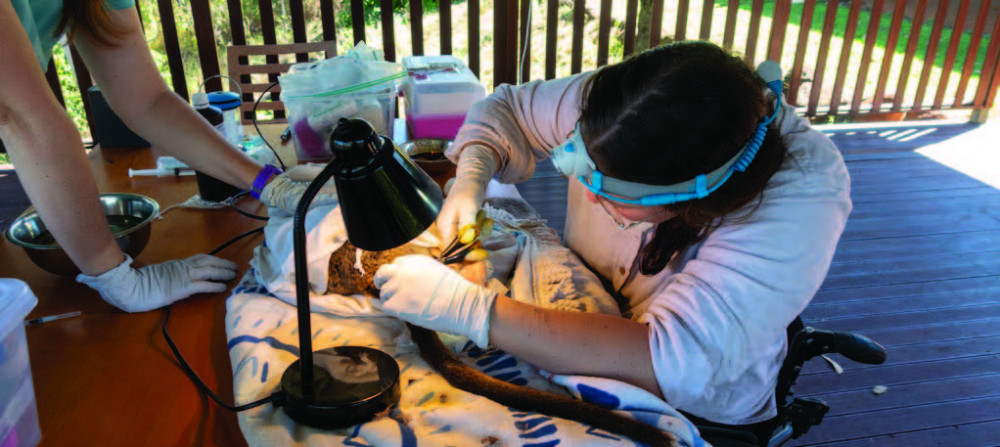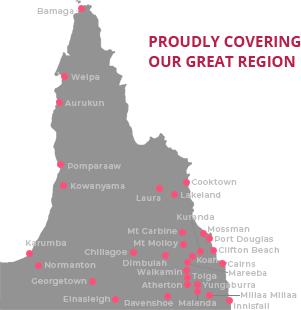Community & Business
15 February, 2022
Wildlife warriors of the Tablelands
The Tablelands is home to many unique species of wildlife dotted across the area, with several different dedicated wildlife refuges and passionate carers. In the last of this special two-part series Express Journalist Rhys Thomas shines a light on different wildlife carers in the region, what work they do and why it is important.
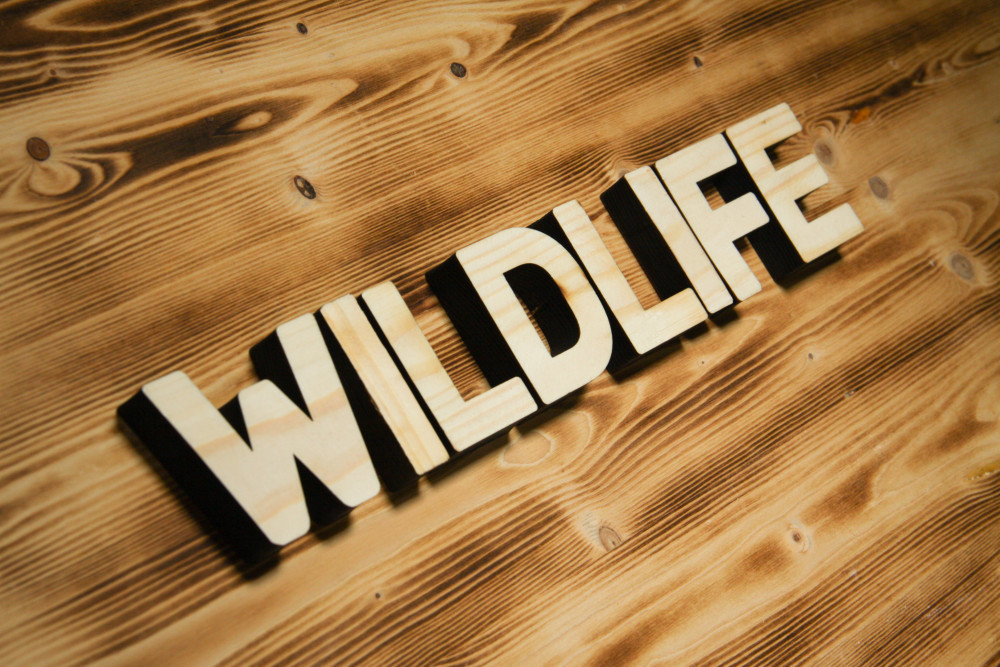
For the love of bats
THE Tolga Bat Hospital has become a staple of the Tablelands since its founding in 1990, initially rescuing young spectacled flying fox orphans and then snowballing into the organisation it is today.
Over the years, founder Jenny McLean has developed a lifelong passion for all sorts of flying foxes, bats, microbats and megabats.
The bat hospital services areas across Far North Queensland as far north as Cape York and as far west as the Gulf of Carpentaria.
When the staff aren’t caring for sick or injured bats, they are on the road driving, rescuing bats across the Tablelands.
“A lot of time is spent driving all over the Tablelands rescuing bats, working with researchers, running tours at our award-winning Visitor Centre in the afternoons and more,” Jenny said.

“There is a huge need on the Tablelands for our work – most years we rescue about 400 bats off barbed wire fences, 300 orphans from tick paralysis and hundreds of adults with tick paralysis.
“Bats are very important for our planet. When large numbers of Little Red flying foxes arrive on the Tablelands, they are here to pollinate our native forests. No other animal can turn up in large numbers and go again once the nectar has finished.
“There’d be no koalas without flying foxes. The small microbats help keep insect numbers down, and some farmers now put wooden bat houses up to save the use of insecticides.”
Currently, the hospital’s biggest patients are the endangered spectacled flying foxes which face danger from climate change, negative public attitudes, habitat loss, barbed wire fences and tick paralysis.
They are one of the only native species that lack immunity to tick paralysis.
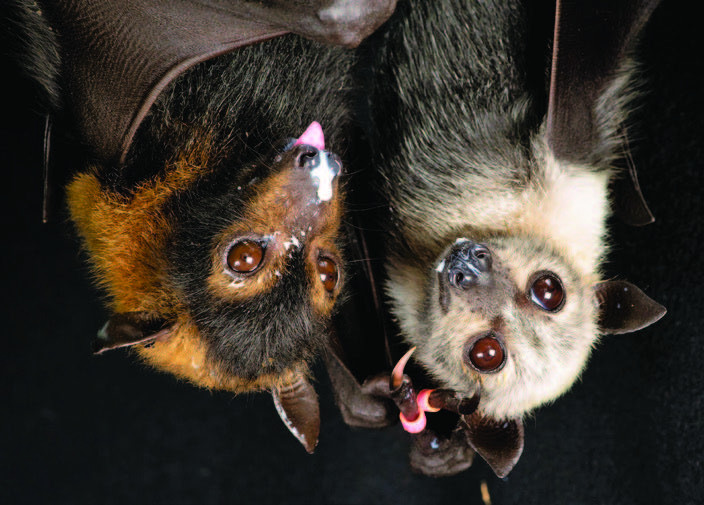
Rescuers saving our Australian wildlife
A NEED for a regional, dedicated wildlife rescue group identified in 2010 was the trigger for a group of passionate volunteers to band together to form Tablelands Wildlife Rescue.
Starting from a small team looking to make a difference in 2012, the organisation has grown to approximately 70 members, ranging from beginners to advanced wildlife carers who often provide advice to callers about wildlife and respond to emergency rescues.
Their reach spreads further than just the Tablelands, encompassing an area as far west as Croydon, as far south as Innisfail and as far north as Cooktown.
Over the years, the group has become quite experienced in rescuing and caring for possums and gliders as well as macropods and birds due to their concentrated numbers on the Tablelands.
Olive Needham has been caring for animals for over 30 years, a passion that started when she was just eight years old with her pet scaly-breasted lorikeet.
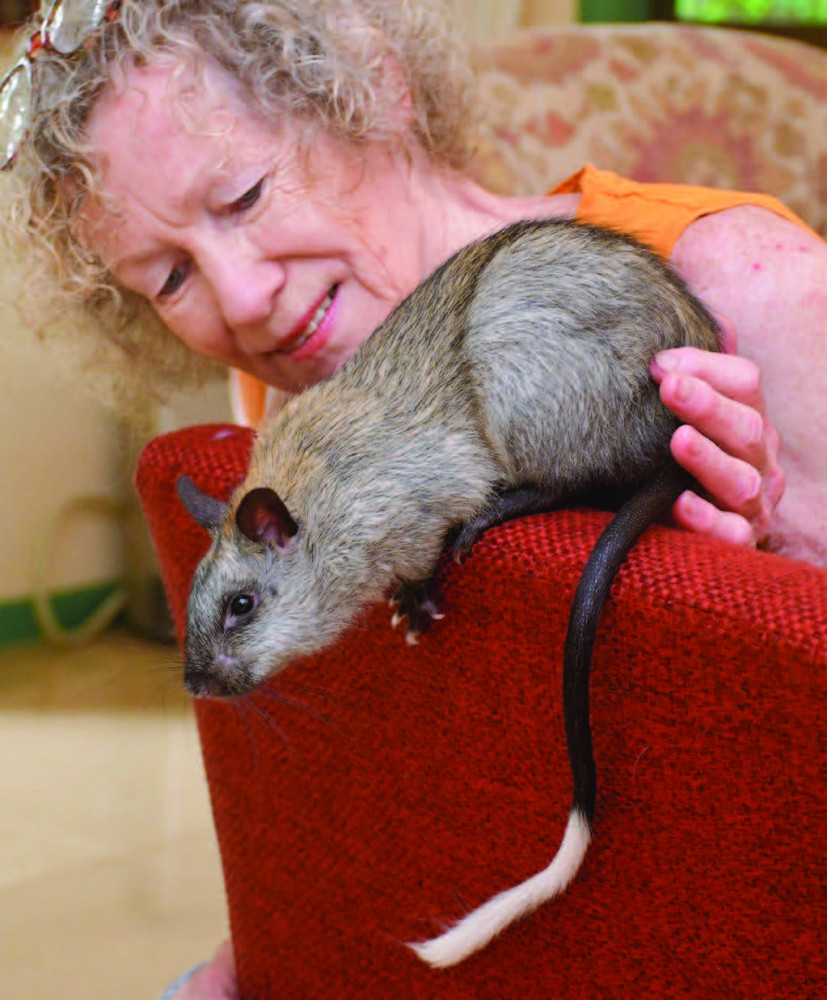
She is now the vice president of the rescue and uses her time to care for the vast array of animals who come through their doors.
“I’ve always had a compelling interest in animals, their behaviour and the way they interact with the environment,” she said.
“When I was little, that translated to running around putting cicadas further up trees (so the chooks wouldn’t eat them) or following wallaby trails through the bush to see which spots they liked best.
“I saw first-hand how much humans impact the environment and the creatures that live here. We do a lot of damage and cause vast amounts of pain - I needed to do something about that.”
Over the years the rescue has seen many unique and wonderful animals pass through their hands.
From tiny species like the Long-tailed Pygmy Possums and Feathertail Gliders, rare species like Northern Bettongs and Black-Footed Tree Rats and the more well-known Tableland species like the Lumholtz Tree Kangaroos and Green Ringtails.
